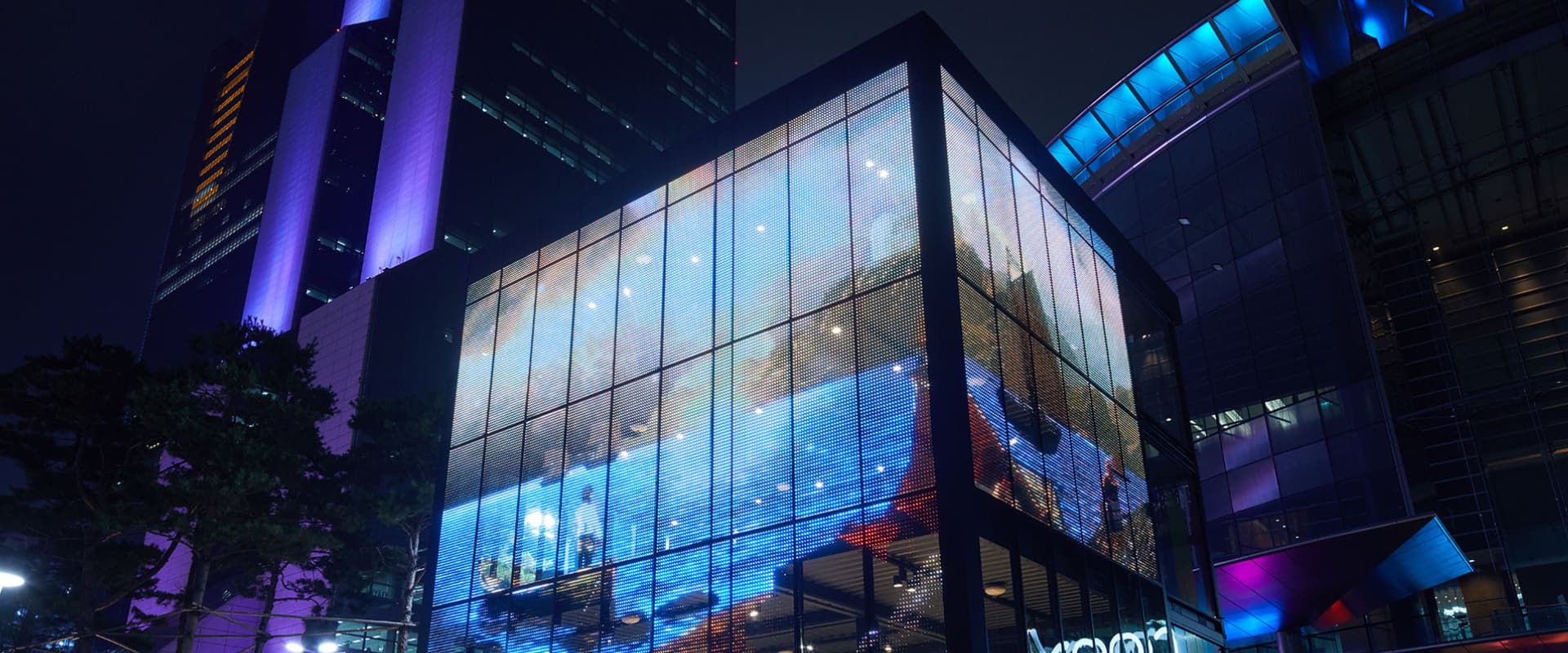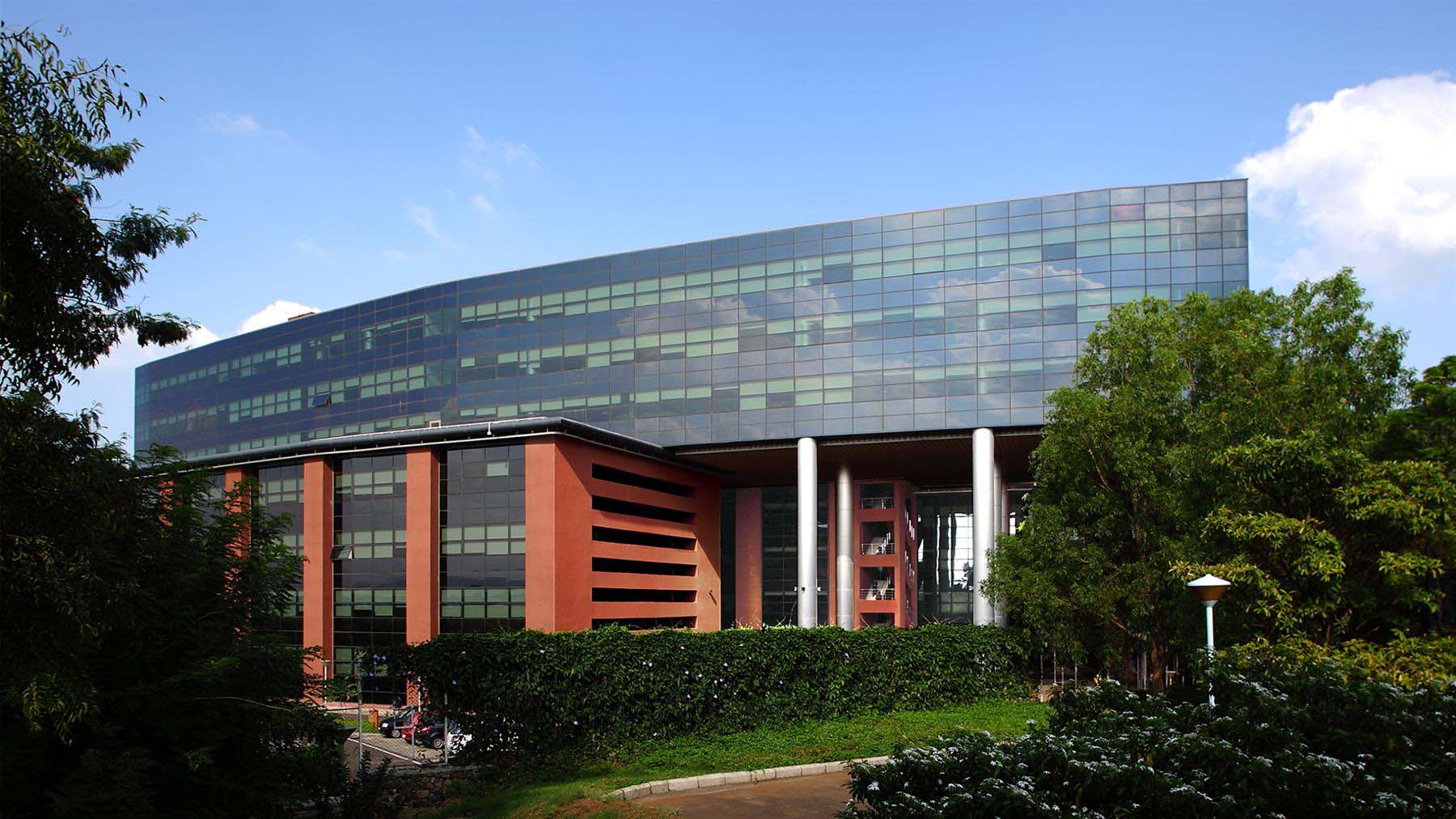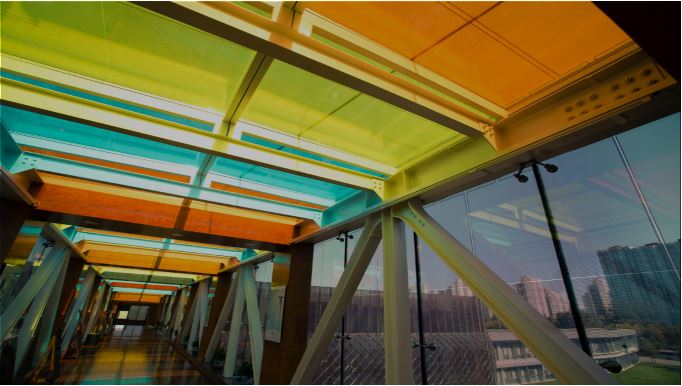Advancements in Smart Glass Technology: Creating Smarter Spaces
In the ever-evolving global architectural world, new types of glass are constantly being introduced to meet the demands of innovative design and sustainable practices. These new glass technologies offer exciting possibilities and push the boundaries of what is possible in architectural design. Let's explore some of the emerging types of glass that are making waves in the industry:
Electrochromic Glass:
Electrochromic glass, also known as smart glass, has gained popularity in recent years. This glass type can change its tint and opacity in response to an electric current. It offers architects and designers the ability to control the transparency of glass panels, allowing for dynamic light and privacy management. Electrochromic glass promotes energy efficiency by reducing the need for artificial lighting and minimizing heat gain from sunlight.
Aerogel-Infused Glass:
Aerogel-infused glass is a relatively new development that combines the benefits of aerogel, a highly insulating material, with traditional glass. Aerogel is a lightweight, porous substance that exhibits exceptional thermal insulation properties. When infused into glass, it enhances the glass's insulating capabilities without compromising its transparency. This type of glass is ideal for energy-efficient building envelopes and helps improve thermal comfort while reducing heating and cooling energy demands.
Self-Cleaning Glass:
Self-cleaning glass is designed to minimize the maintenance required to keep glass surfaces clean. It incorporates a thin layer of a hydrophilic (water-attracting) coating that helps water spread evenly over the surface, carrying away dirt and contaminants. Additionally, the hydrophilic coating allows rainwater to wash away dirt and debris, leaving the glass surface cleaner for longer periods. This type of glass reduces the need for manual cleaning, making it a practical choice for large-scale architectural projects.
Vacuum Insulated Glass:
Vacuum insulated glass (VIG) consists of two or more glass panes that are separated by a vacuum, creating an insulating layer. The absence of air or gas between the glass panels significantly reduces heat transfer through the glass, resulting in improved energy efficiency and thermal insulation. VIG helps to maintain comfortable indoor temperatures, reduces heating and cooling costs, and enhances soundproofing capabilities. This glass type is commonly used in high-performance building projects where energy efficiency is a priority.
Patterned and Textured Glass:
Patterned and textured glass has gained popularity for its ability to enhance privacy, add visual interest, and diffuse light. This glass type comes in a variety of patterns, textures, and opacities, offering architects and designers endless possibilities for creative expression. Patterned and textured glass can be used in interior partitions, facades, and decorative elements to create unique and captivating spaces.
Solar Glass:
Solar glass is a specialized type of glass that incorporates photovoltaic cells to harness solar energy. It allows buildings to generate electricity from sunlight, contributing to renewable energy production. Solar glass is designed to be highly transparent, enabling the transmission of natural light while capturing solar energy. It is commonly used in building facades, windows, and skylights, seamlessly integrating renewable energy generation into the building envelope. By incorporating solar glass into architectural designs, buildings can reduce their carbon footprint, decrease reliance on traditional energy sources, and contribute to a more sustainable future.
Bird-Friendly Glass:
Bird collisions with glass windows and facades are a significant concern in urban environments. Bird-friendly glass is specifically designed to mitigate these collisions and protect avian populations. It incorporates patterns, textures, or UV-reflective coatings on the glass surface to make it more visible to birds. These visual cues help birds identify the presence of a barrier and prevent them from colliding with the glass. Bird-friendly glass enables architects and designers to create safer environments for birds without compromising on aesthetics or natural light transmission. This glass type promotes biodiversity conservation and supports sustainable architectural practices that prioritize the well-being of all species.
As the global architectural world continues to evolve, new types of glass are shaping the way buildings are designed, built, and operated. Solar glass harnesses the power of the sun, allowing buildings to generate clean energy and reduce their environmental impact. Bird-friendly glass addresses the issue of bird collisions and promotes biodiversity conservation. By incorporating these advancements into architectural projects, professionals can create sustainable, energy-efficient, and bird-friendly spaces that align with the principles of responsible design and construction.
As a leader in the glass industry, FG Glass recognizes the importance of these advancements and offers a comprehensive range of solutions that include solar glass and bird-friendly glass. Their commitment to innovation, quality, and sustainability makes them the ideal partner for architects and designers seeking the best glass solutions for their projects. Partnering with FG Glass ensures access to cutting-edge products and expertise to create buildings that are environmentally conscious, visually stunning, and supportive of biodiversity conservation.
To learn more about FG Glass and know more about advanced glass solutions, visit their website at https://fgglass.com/.

You might also like
Feb 21, 2022 by TARIQ KACHWALA
Feb 21, 2022 by TARIQ KACHWALA
Feb 23, 2022 by TARIQ KACHWALA










